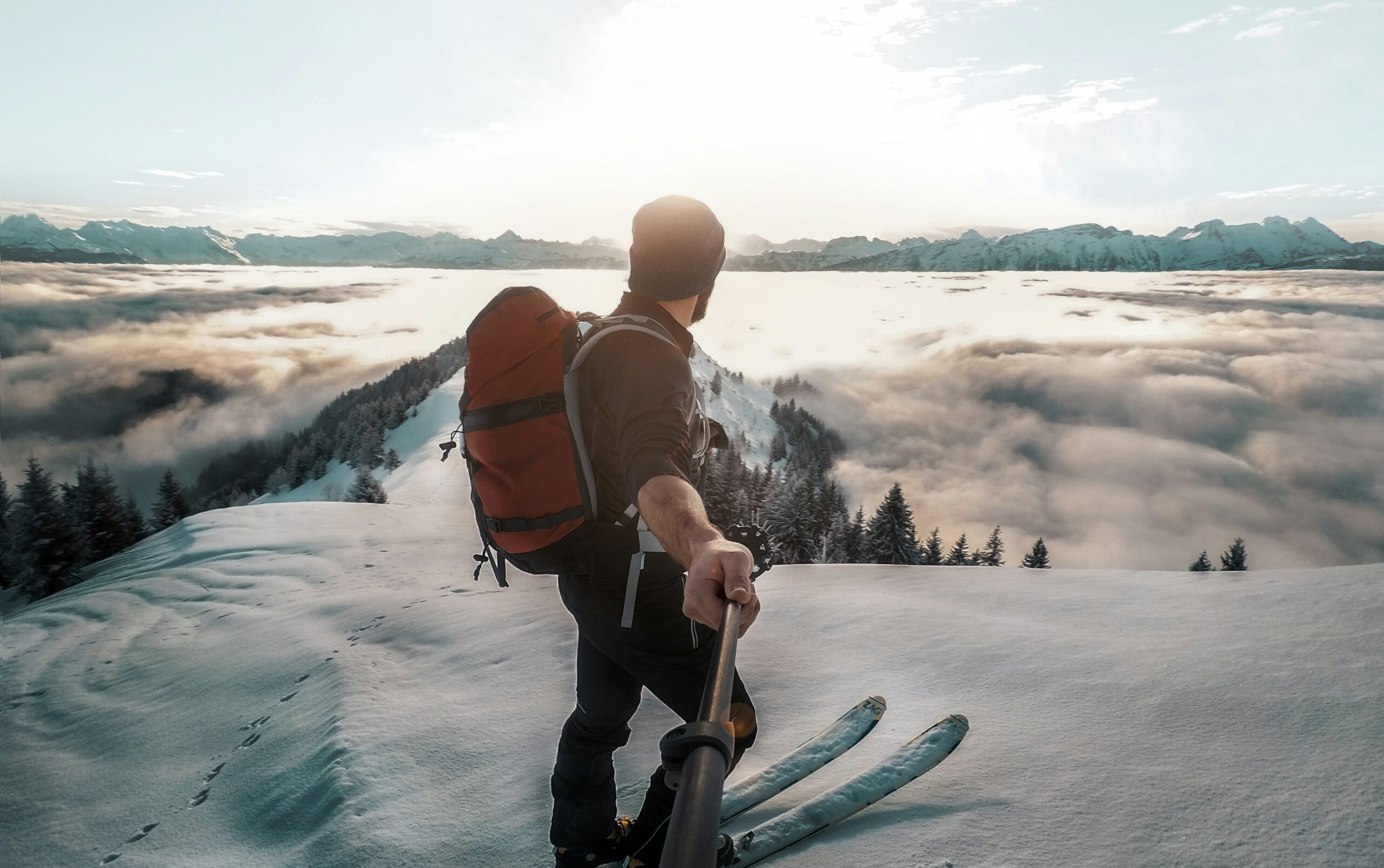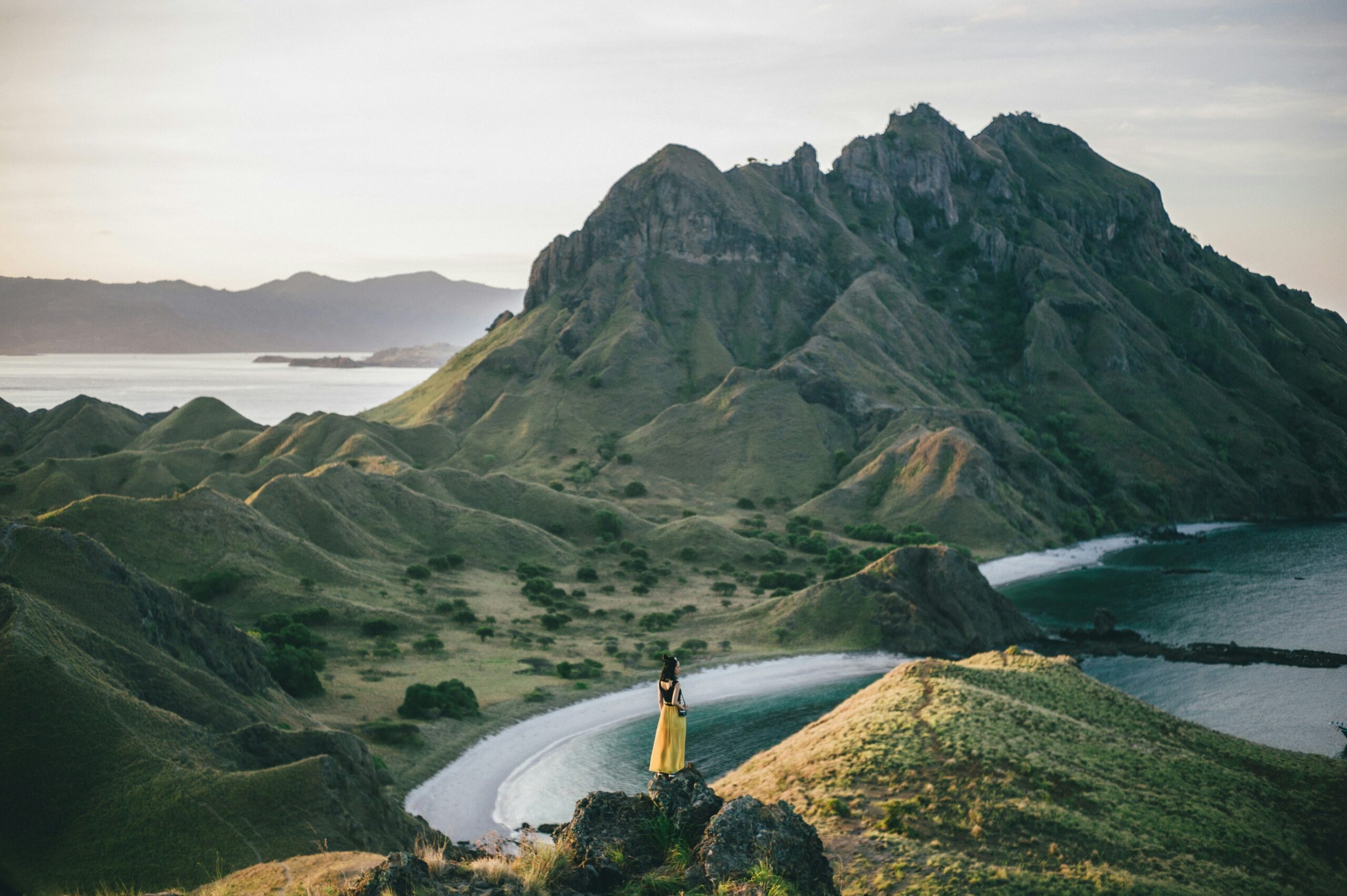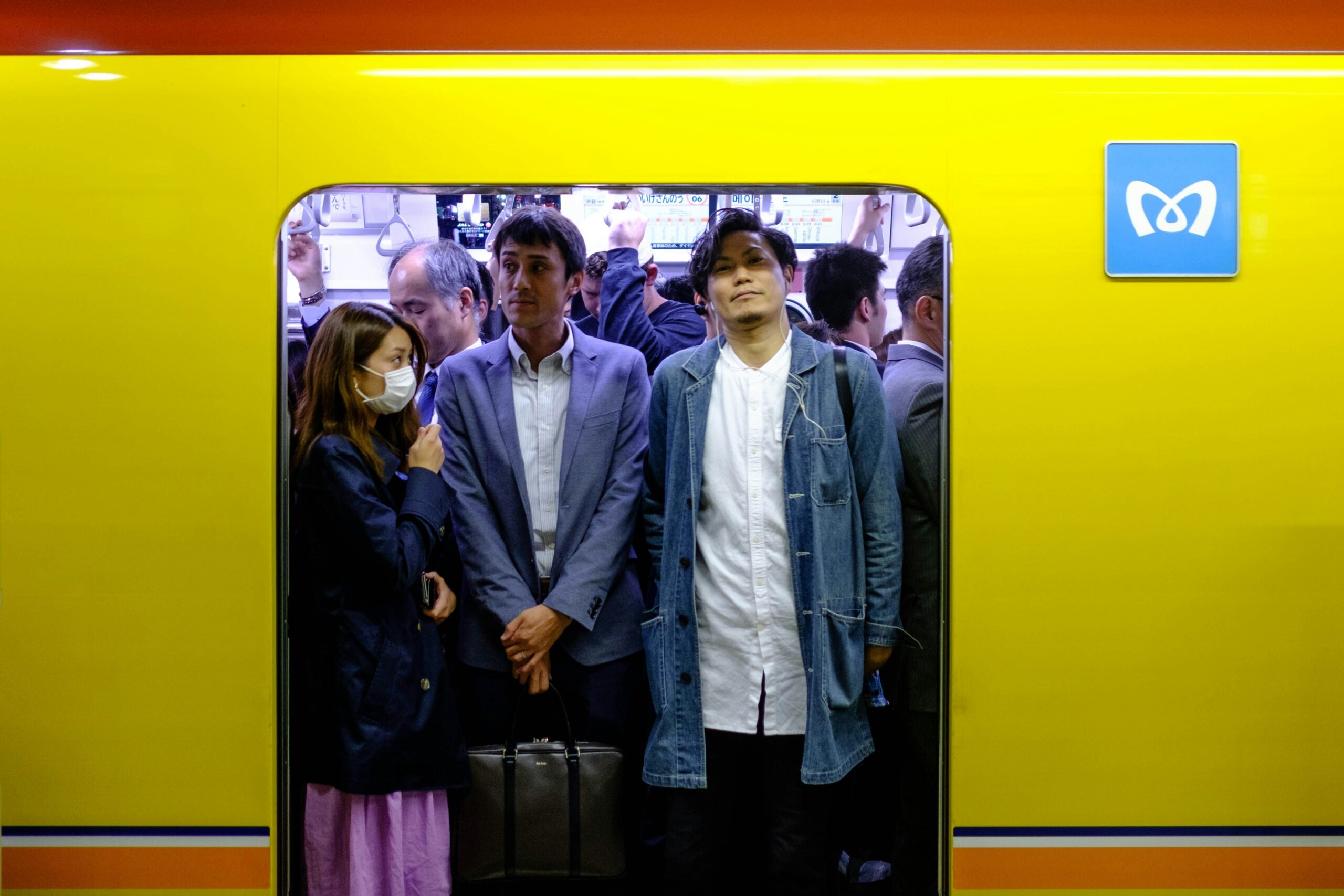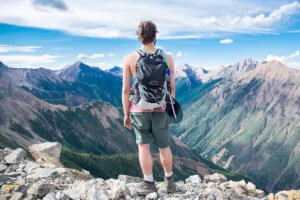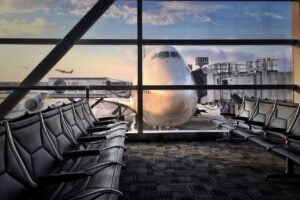Best All-Round Ski Resorts in Europe: A Complete Guide
Skiing in Europe goes beyond the slopes. It’s about discovering centuries-old mountain villages, warming up with fondue after a long day on the powder, and experiencing the unique blend of adventure and culture that only the Alps, Pyrenees, and Carpathians can offer.
Whether you’re a first-timer looking for gentle runs or an experienced skier chasing off-piste thrills, Europe’s ski resorts cater to every skill level and budget. From Switzerland’s glamorous peaks to Bulgaria’s surprisingly affordable mountains, this guide covers everything you need to plan your winter escape: costs, logistics, timing, and insider tips to help you make the most of your trip.
Why Choose Europe for Your Ski Holiday?
Europe’s ski infrastructure is unmatched. High-speed lifts connect vast networks of runs, many resorts are accessible by train, and you can often ski in multiple countries during a single trip. The French Alps alone host over 400 resorts, while Austria’s Tyrol region offers some of the best après-ski culture in the world.
Beyond the skiing itself, European resorts deliver authentic mountain experiences. You’ll find traditional chalets serving local cuisine, car-free villages where horse-drawn sleighs still operate, and panoramic cable cars that showcase some of the continent’s most dramatic landscapes. It’s a complete winter experience, not just a ski vacation.
Top All-Round Ski Resorts in Europe
Here’s a comprehensive look at Europe’s best ski destinations, covering everything from budget-friendly options to luxury retreats.
1. Zermatt, Switzerland: Alpine Perfection
Why it stands out: This car-free village sits at the base of the Matterhorn, offering year-round skiing on glaciers and some of Europe’s most reliable snow conditions.
Location: Southern Switzerland, near the Italian border in the Valais canton.
Getting there: Direct trains from Geneva or Zurich take approximately 3.5 hours. The final leg to Zermatt is on the scenic mountain railway from Täsch.

Optimal season: December through April for peak winter conditions; July to September for summer glacier skiing.
Daily budget: Expect $300-$500 covering accommodation, lift passes, and meals. Zermatt is premium-priced but delivers exceptional quality.
Where to stay:
- Budget-conscious: Look for apartments in the village center
- Mid-range: Chalet Alpin or Hotel Matterhorn Focus
- Splurge: The Omnia or Mont Cervin Palace
Gear rental: Multiple shops including Bayard Sport and Dorsaz Sport offer competitive rates. Book online for 10-20% discounts.
What makes it special:
- Access to 360 km of interconnected slopes, including cross-border skiing with Italy’s Cervinia
- Sophisticated après-ski scene at Hennu Stall or Papperla Pub
- The Glacier Express train journey offers unforgettable Alpine scenery
Insider tip: Purchase the international ski pass to explore both Swiss and Italian sides of the mountain. You can literally ski across borders and enjoy Italian lunch before returning to Switzerland for dinner.
2. Chamonix, France: Where Extreme Meets Accessible

Why it stands out: Chamonix hosts some of Europe’s most challenging terrain while maintaining excellent beginner and intermediate zones. The town itself pulses with mountaineering history and international energy.
Location: French Alps, at the junction of France, Switzerland, and Italy, directly beneath Mont Blanc.
Getting there: Geneva Airport is just 75 minutes away by shuttle bus or rental car. Regular bus services run throughout the day.
Optimal season: January through early April offers the best combination of snow quality and weather.
Daily budget: $200-$350 depending on accommodation choices and dining preferences.
Where to stay:
- Budget: Auberge Le Jeu de Paume or hostels in Argentière
- Mid-range: Hotel Mont-Blanc or Mercure Chamonix Centre
- Upscale: La Folie Douce Hotel or Grand Hôtel des Alpes
Must-do experiences:
- Ride the Aiguille du Midi cable car to 3,842 meters for breathtaking Mont Blanc views
- Ski the legendary Vallée Blanche (hire a guide for safety and route knowledge)
- Try snowshoeing or paragliding for non-skiing adventures
- Explore nearby Megève for a more traditional Alpine atmosphere
Insider tip: The Chamonix Le Pass covers all local ski areas. Book through the Compagnie du Mont-Blanc website for advance purchase discounts.
3. St. Anton, Austria: Skiing Hard, Partying Harder

Why it stands out: St. Anton am Arlberg invented après-ski culture as we know it. Beyond the legendary parties, it offers challenging terrain that attracts serious skiers worldwide.
Location: Western Austria’s Tyrol region, easily accessible from major cities.
Getting there: Two-hour train ride from Innsbruck, or drive from Munich in similar time.
Optimal season: Late December through March provides consistent snow and full resort operation.
Daily budget: $220-$350, which is reasonable considering Austria’s generally affordable prices.
Where to stay:
- Traditional: Hotel Alte Post or Hotel Schwarzer Adler
- Budget-friendly: Guesthouses in nearby Pettneu or St. Jakob
- Self-catering: Apartment rentals through local agencies
What defines this resort:
- 300 km of groomed pistes plus 200 km of off-piste terrain
- Legendary après-ski venues like MooserWirt and Krazy Kanguruh
- Excellent ski schools founded here over a century ago
- Direct connections to Lech-Zürs ski area
Insider tip: Ski lessons here are worth every euro. St. Anton’s instructors are among Europe’s finest, and they know the mountain’s secret powder stashes.
4. Cortina d’Ampezzo, Italy: Dolomite Elegance

Why it stands out: Italy’s most fashionable ski resort combines stunning Dolomite scenery with sophisticated Italian style. Even non-skiers find plenty to love here.
Location: Northern Italy’s Veneto region, surrounded by the dramatic Dolomite peaks.
Getting there: Two hours from Venice Marco Polo Airport, or three hours from Innsbruck.
Optimal season: December through March, with February offering the best conditions.
Daily budget: $250-$400, reflecting its upscale reputation.
Where to stay:
- Luxury: Hotel Cristallo or Rosapetra Spa Resort
- Mid-range: B&B Villa Gaia or Hotel Ancora
- Apartments: Various options in the town center
Beyond skiing:
- 120 km of local slopes, expandable to 1,200 km with the Dolomiti Superski pass
- Winter activities include curling, snowkiting, and ice climbing
- High-end shopping along Corso Italia
- Exceptional dining, including Michelin-starred restaurant Tivoli
Insider tip: The Dolomiti Superski pass grants access to 12 different ski areas. If you’re staying more than a few days, it’s excellent value.
5. Bansko, Bulgaria: Premium Skiing, Budget Prices

Why it stands out: Bansko delivers modern lift infrastructure, well-maintained slopes, and surprisingly good snow conditions at a fraction of Alpine prices.
Location: Southwestern Bulgaria, in the UNESCO-listed Pirin Mountains.
Getting there: 160 km from Sofia Airport, roughly two hours by car or shuttle bus.
Optimal season: January through March for the best snow reliability.
Daily budget: $80-$120 including accommodation, meals, and lift passes. This is exceptional value compared to Western European resorts.
Where to stay:
- Luxury: Kempinski Hotel Grand Arena
- Mid-range: Lucky Bansko or Green Life Resort
- Budget: Family-run guesthouses in old Bansko
What to expect:
- 75 km of well-groomed pistes suitable for all levels
- Night skiing several times per week
- Traditional Bulgarian taverns (mehanas) serving hearty local cuisine
- Modern gondola system reduces lift queues significantly
Insider tip: Book your ski pass through the official Bansko website for early-bird discounts up to 30%. Equipment rental costs about €15 per day.
6. Val Thorens, France: Europe’s Highest Resort

Why it stands out: At 2,300 meters, Val Thorens guarantees snow. As part of the Three Valleys system, it offers access to the world’s largest ski area.
Location: French Alps, Savoie region.
Getting there: Three hours from Geneva or Lyon airports. Regular shuttle services operate throughout winter.
Optimal season: November through May. The extended season means better value in early and late season.
Daily budget: $250-$400, though early season offers better deals.
Where to stay:
- Ski-in/ski-out: Le Fitz Roy or Altapura
- Self-catering: Résidence Le Cheval Blanc
- Budget: Residences on the resort’s edges
Standout features:
- 600 km of connected runs spanning three valleys
- Zipline at 3,200 meters for thrill-seekers
- Vibrant après-ski at La Folie Douce with live DJs
- Snow-sure conditions throughout the season
Insider tip: The Three Valleys pass is expensive, but if you’re a strong skier who covers distance, you’ll easily ski in five different resort areas in one day. Plan your routes using the official Les 3 Vallées app.
7. Andorra: The Pyrenees’ Best-Kept Secret

Why it stands out: This tiny nation between France and Spain offers excellent skiing, duty-free shopping, and lower costs than the Alps.
Location: Pyrenees Mountains, nestled between France and Spain.
Getting there: Three hours from Barcelona or Toulouse airports. Car rental recommended for flexibility.
Optimal season: December through March, though snow can be less reliable than Alpine resorts.
Daily budget: $100-$180 makes it one of Europe’s better value destinations.
Main ski areas:
- Grandvalira: 210 km of slopes, the largest Pyrenean resort
- Vallnord: 90 km of terrain with excellent tree skiing
Where to stay:
- Upscale: Sport Hotel Hermitage & Spa
- Mid-range: Andorra Park Hotel
- Budget: Hotels in Pas de la Casa or El Tarter
Beyond the slopes:
- Duty-free shopping in Andorra la Vella
- Excellent spa facilities at Caldea thermal complex
- Snowmobiling, dog sledding, and igloo experiences
- Blend of Catalan and French mountain culture
Insider tip: Andorra’s compact size means you can shop duty-free in the morning and ski in the afternoon. Alcohol and electronics are particularly good value.
Planning Your European Ski Trip: Essential Information
Timing Your Visit
Peak season (Christmas-New Year, February half-term): Maximum crowds and prices, but guaranteed operations and vibrant atmosphere.
Value season (early December, mid-January, late March): Fewer people, lower costs, and often excellent conditions. Early season suits beginners; late season offers longer days and warmer temperatures.
Best snow conditions: January through early March typically delivers the most consistent powder, though high-altitude resorts like Val Thorens maintain quality into April.
Equipment Decisions
Renting vs. bringing gear:
- Rent if you ski fewer than 15 days annually or are flying low-cost carriers
- Modern rental equipment is excellent quality
- Typical costs: €30-50 per day for full ski/snowboard package
- Boots, helmets, and goggles included in most rental packages
What to bring:
- Layered clothing (base layers, mid-layers, waterproof outer shell)
- Ski socks (avoid cotton)
- Gloves or mittens
- Sun protection (high-altitude sun is intense)
- Personal items like goggles if you have specific preferences
Budget Management
Where costs add up:
- Lift passes: €50-80 per day at premium resorts
- Accommodation: €80-300 per night depending on location and standard
- Meals: €40-100 per day (self-catering cuts this significantly)
- Equipment rental: €30-50 daily
- Ski lessons: €60-120 for group lessons, €250-400 for private instruction
Money-saving strategies:
- Book lift passes online weeks in advance for discounts
- Choose half-board accommodation to control dining costs
- Stay in neighboring villages and commute to slopes
- Visit during January (post-holiday lull)
- Use package sites like SkiWorld or SnowTrex for bundled deals
- Look for multi-day pass discounts (6-day passes offer better per-day rates)
Travel Insurance
Winter sports coverage is essential. Standard travel insurance typically excludes skiing accidents. Reputable providers include:
- SafetyWing for digital nomads and long-term travelers
- World Nomads for comprehensive adventure sports coverage
- European Health Insurance Card (EHIC) for EU residents covers basic medical care
Ensure your policy covers:
- Mountain rescue (can cost thousands without insurance)
- Medical treatment and hospital stays
- Equipment loss or theft
- Trip cancellation due to poor snow conditions
Getting Around
By train: European rail networks connect major ski resorts efficiently. Switzerland’s system is particularly impressive, with trains running to village centers.
By car: Offers flexibility for exploring multiple resorts but requires winter tires or chains. Check local requirements and parking availability.
By plane: Most major resorts sit within three hours of international airports. Geneva serves French and Swiss Alps; Innsbruck for Austrian resorts; Venice or Milan for Italian skiing.
Understanding Après-Ski Culture
Après-ski is an integral part of European ski life. It typically starts mid-afternoon at mountain bars, continues in resort villages, and can extend into evening entertainment.
What to expect:
- Austria: Lively, music-focused, often includes singalongs and dancing on tables
- France: More sophisticated wine bars and lounges
- Italy: Spritz cocktails and elegant aperitivo culture
- Switzerland: Upscale but subdued, focusing on quality over quantity
Non-skiers often enjoy après-ski as much as the skiing itself. It’s a social scene that welcomes everyone.

Making Your Choice: Which Resort Suits You?
For first-timers: Bansko or Andorra offer forgiving terrain, affordable prices, and less intimidating scale.
For families: Cortina d’Ampezzo provides varied activities beyond skiing, while Zermatt’s car-free village keeps children safe.
For advanced skiers: Chamonix and St. Anton deliver challenging terrain and off-piste opportunities.
For budget travelers: Bansko and Andorra stretch euros furthest without sacrificing experience.
For luxury seekers: Zermatt and Cortina offer sophistication and premium services.
For longest season: Val Thorens and Zermatt’s glacier skiing extend your window from autumn to late spring.
For party atmosphere: St. Anton leads the pack, followed by Val Thorens.
For couples: Zermatt’s romantic setting and Cortina’s Italian elegance create memorable experiences.
Your Winter Adventure Awaits
There’s something magical about European ski resorts that keeps people coming back year after year. Maybe it’s the way the morning light hits the peaks, or that first coffee at a mountain café before the lifts open. Perhaps it’s the satisfaction of trying a new run, or simply the joy of sharing hot chocolate with friends after a day on the slopes.
What makes your perfect ski trip really depends on what you’re after. Love a good party? St. Anton’s calling your name. Want to feel like you’ve stepped into a postcard? Zermatt delivers every time. Looking to stretch your budget without compromising the experience? Bansko will surprise you in the best way possible.
Here’s the thing about skiing in Europe: it’s never just about the skiing. It’s about the little moments too. The local cheese you discover at a mountain restaurant. The random conversation with fellow travelers on a chairlift. That unexpected sunny day when the views leave you speechless. These are the stories you’ll actually tell when you get home.
So grab your gear (or rent it when you arrive), pick a resort that speaks to you, and go. The beauty of Europe is that no choice is a wrong choice. Each mountain has its own personality, and you’ll find yours. See you on the slopes!
Related Post: Winter Travel: Top Destinations for Snowy Getaways
